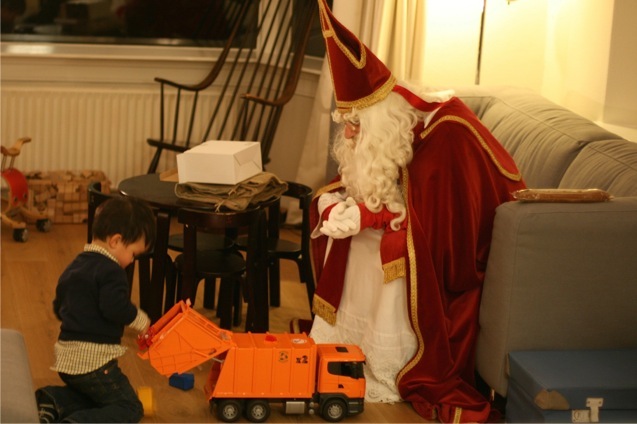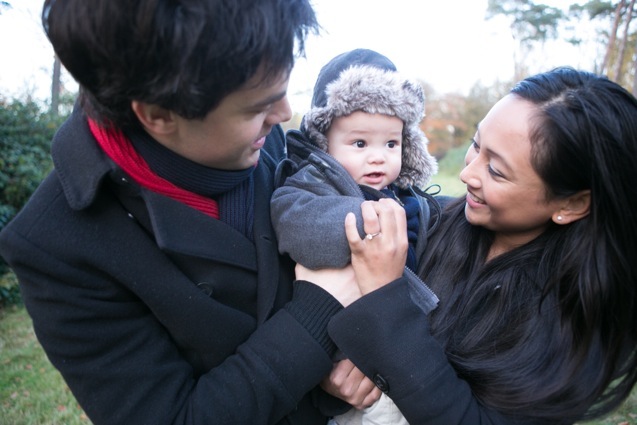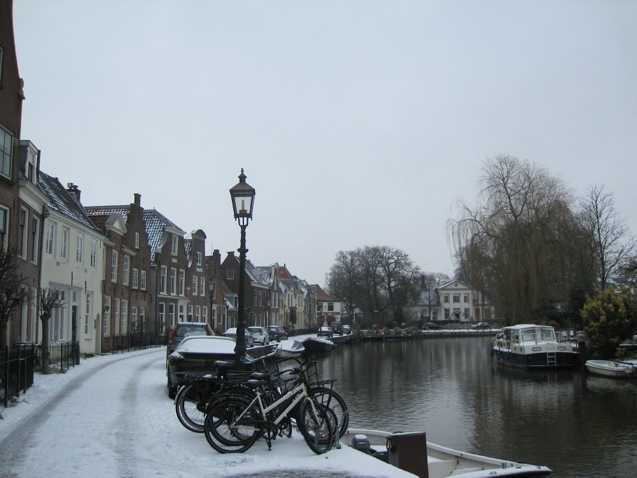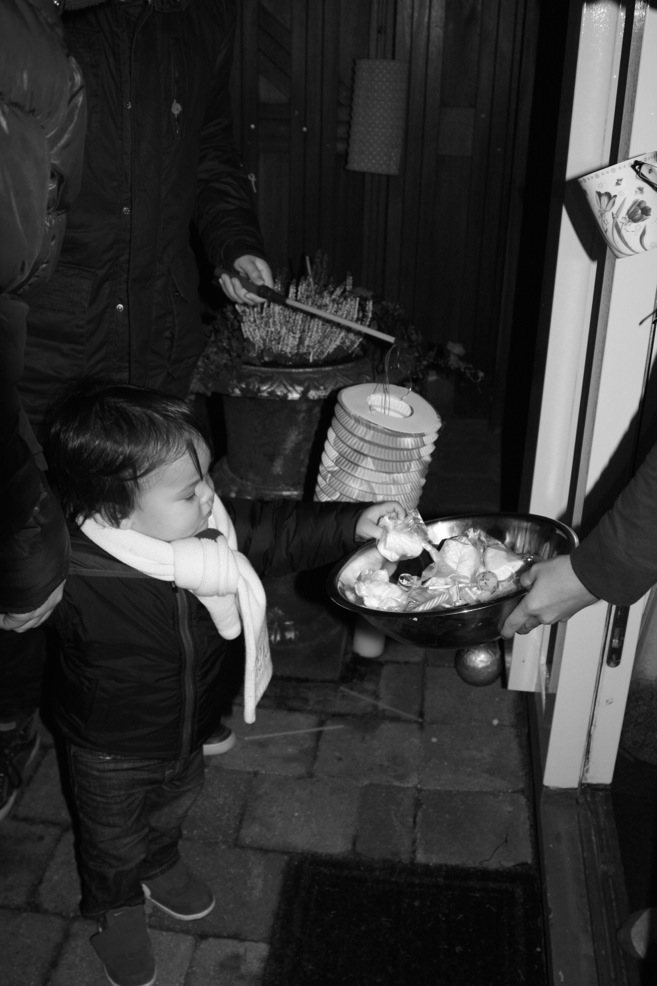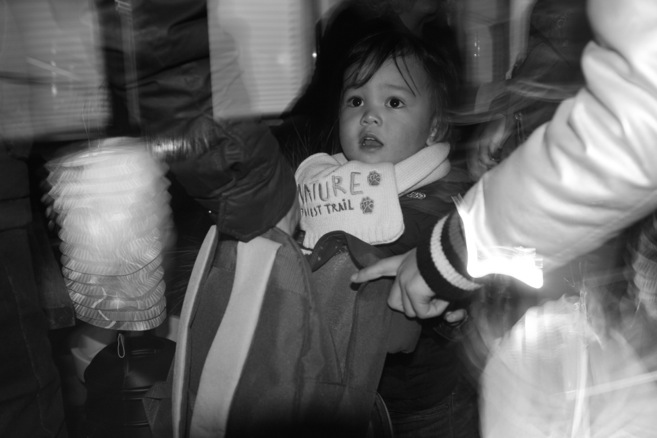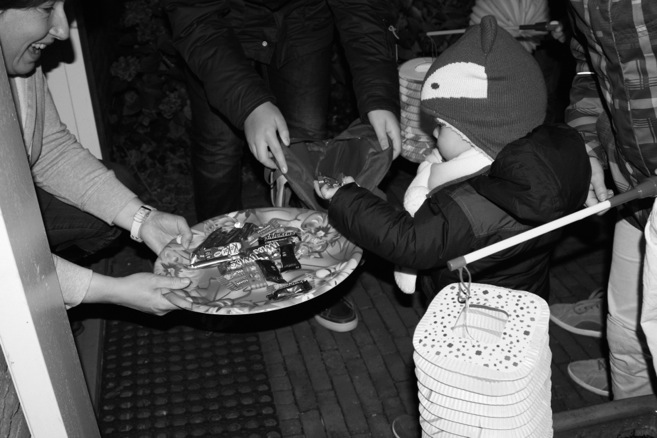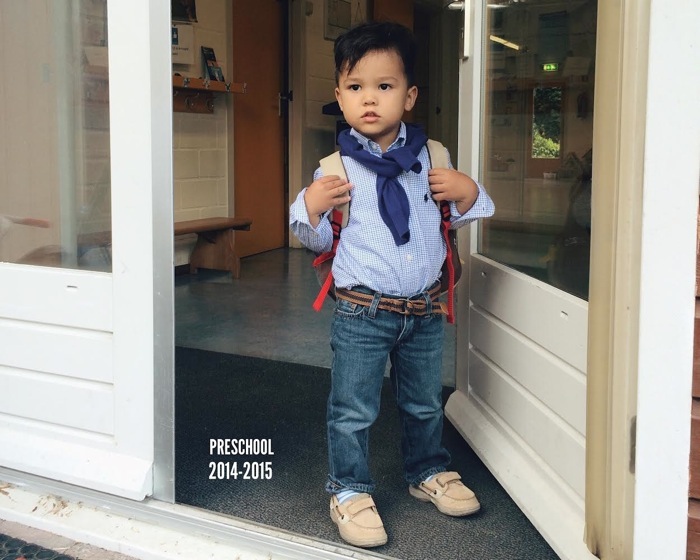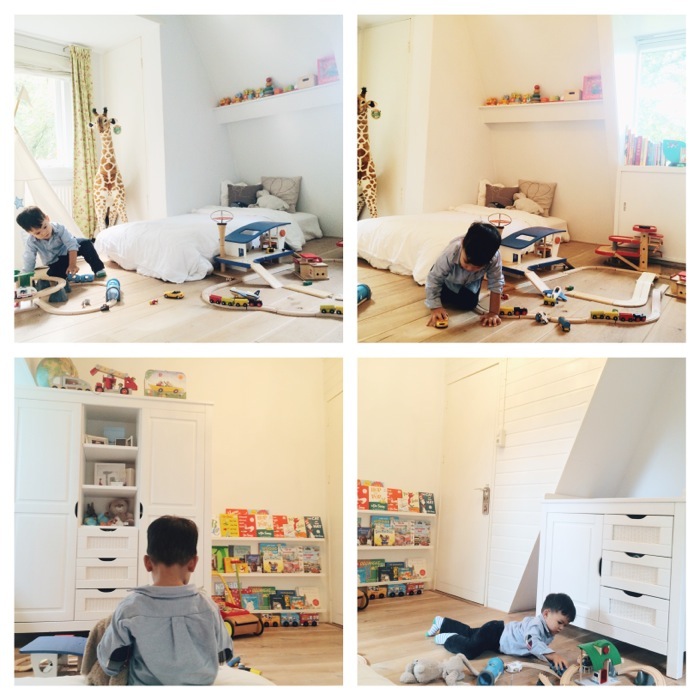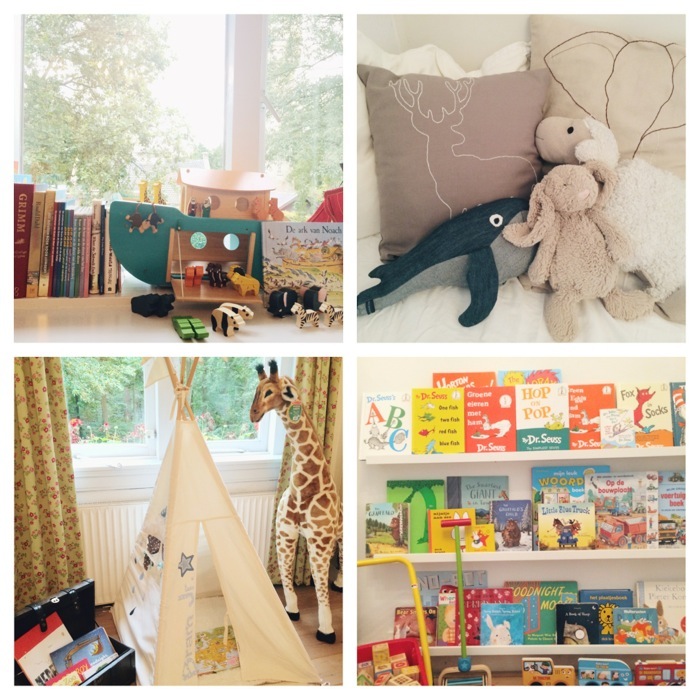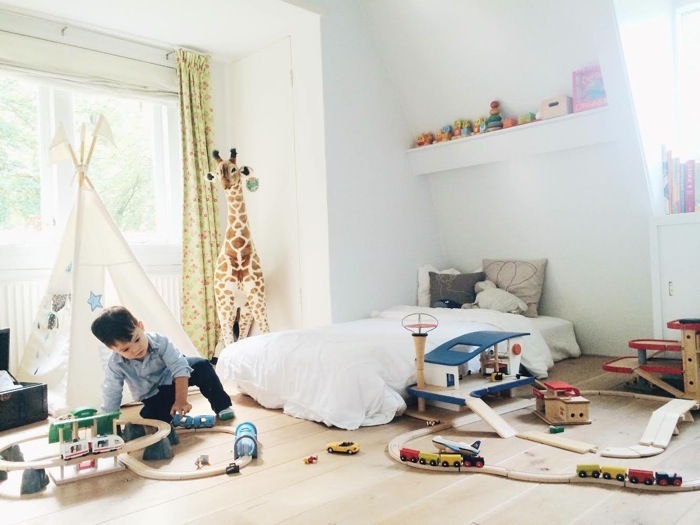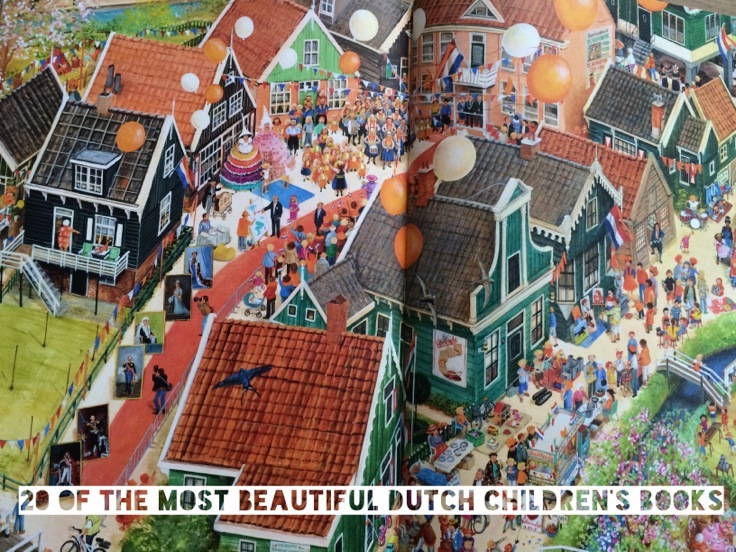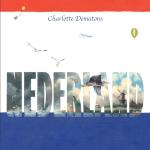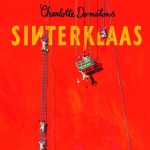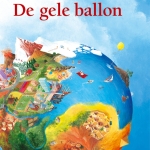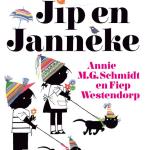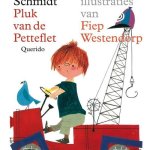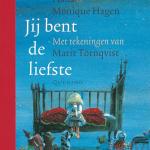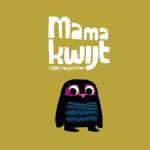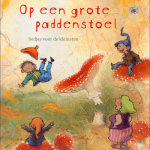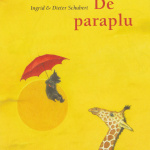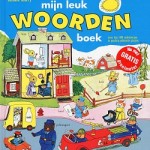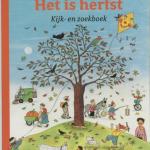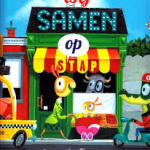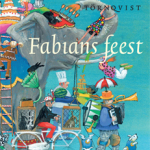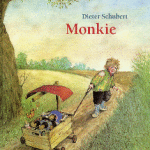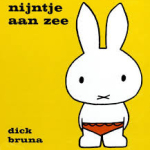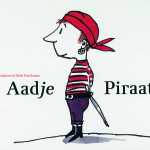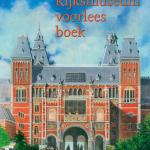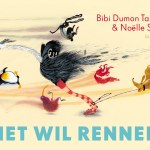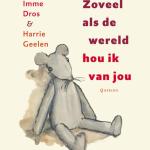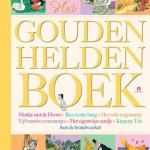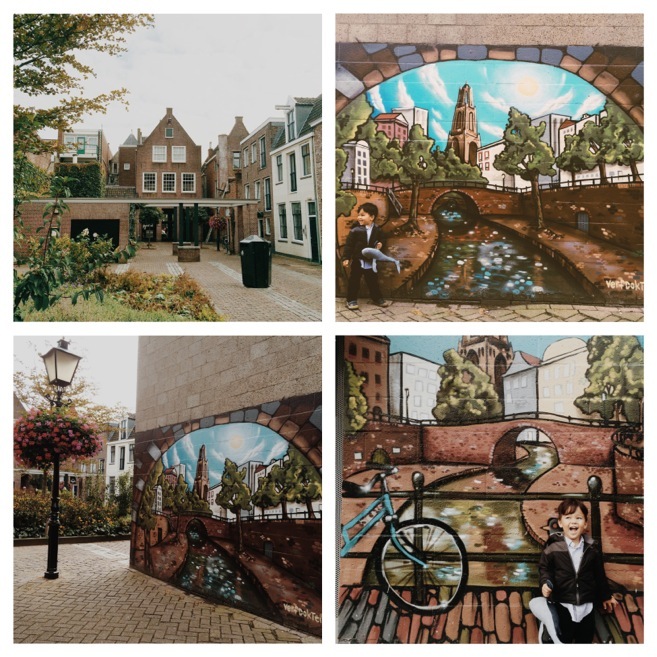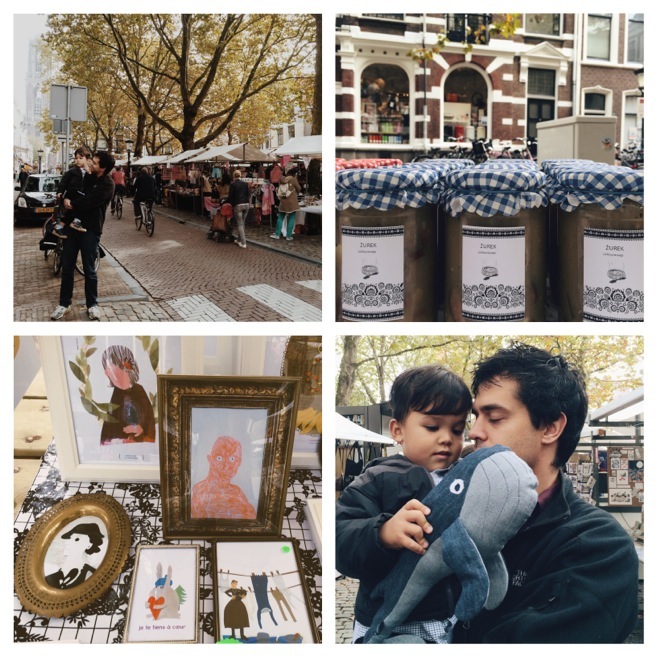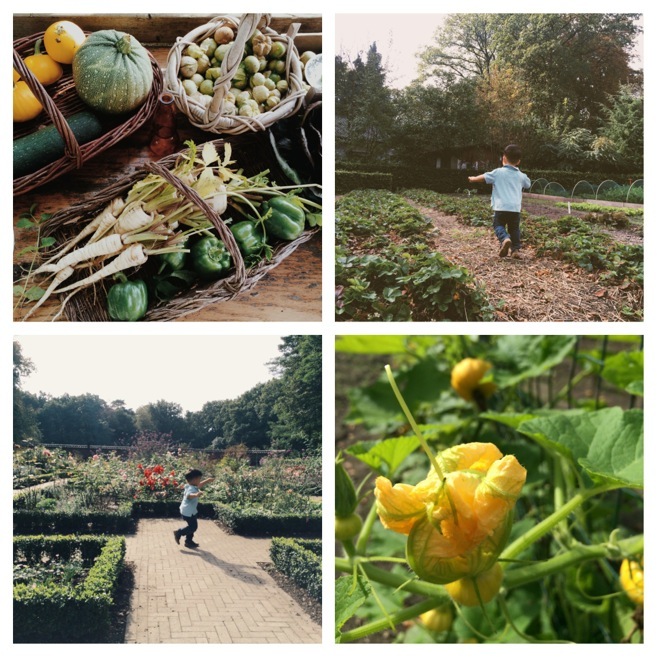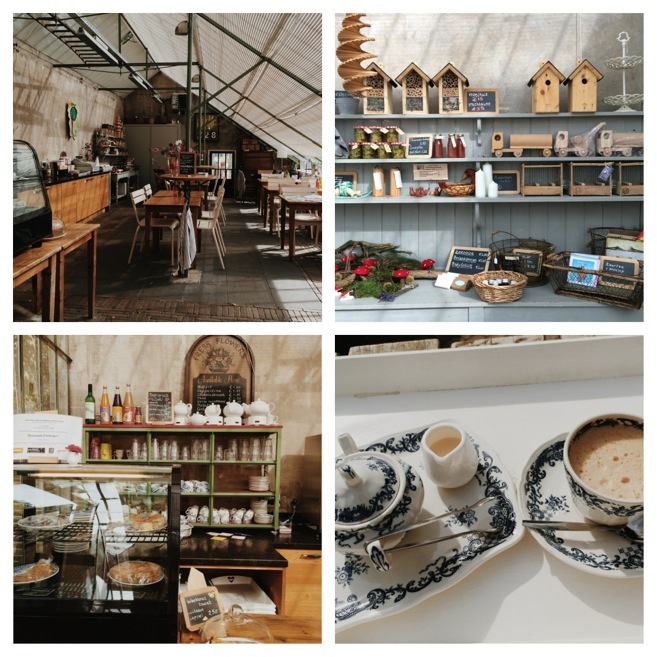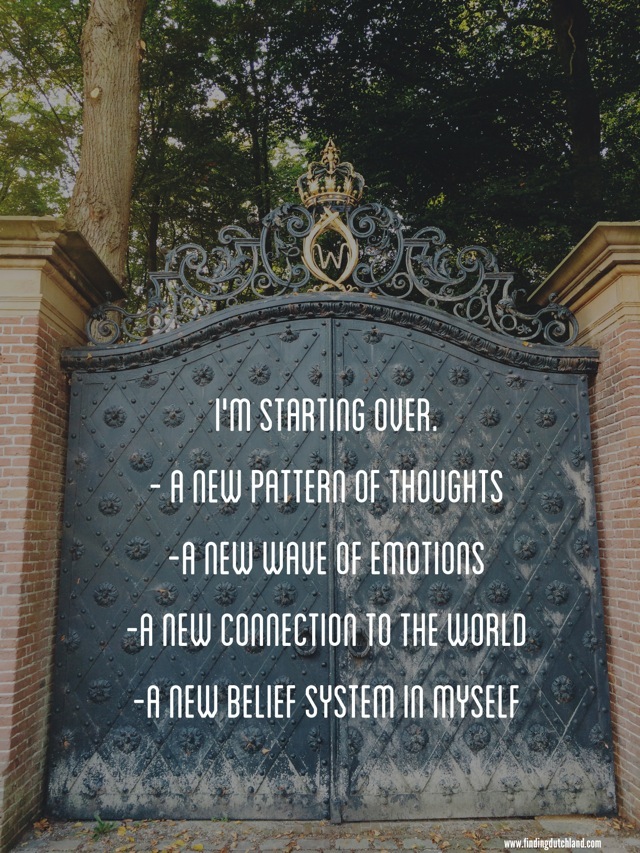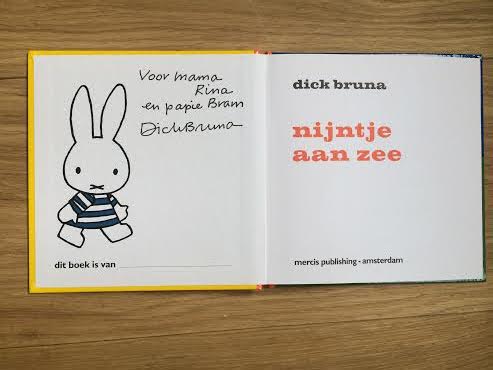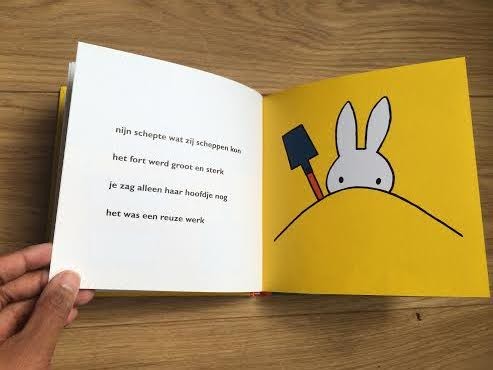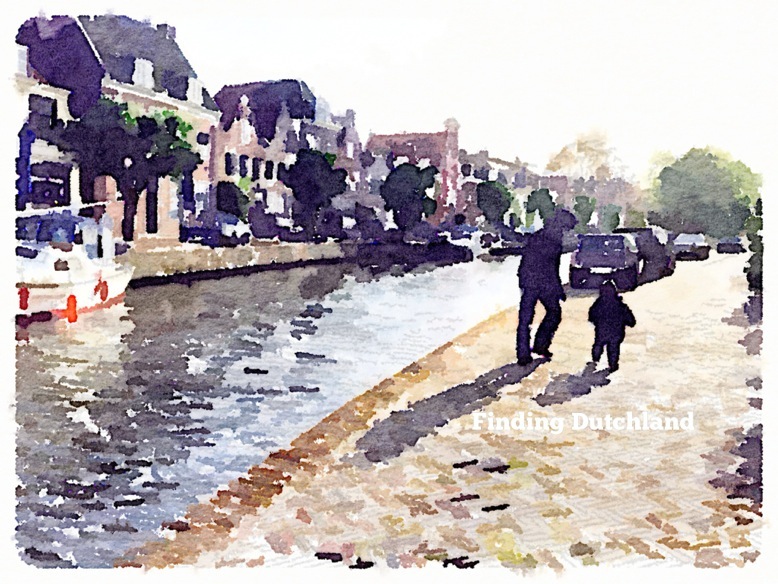Now that the yuletide season is underway, I would like to impart some expat insider knowledge on how the Dutch celebrate Christmas. Although from the periphery the Christmas celebrations might seem intimately familiar for American sensibilities, there are some key differences that make it distinctly Dutch. Here are the following essential highlights of a Dutch Christmas:
Spread the Christmas cheer.
The Christmas spirit is actually spread over two and a half days, from the eve of the 24th of December till the 26th of December. The pragmatic Dutch (and may other European countries) discovered the practicality of having two designated holidays on the 25th (Eerste Kerstdag, First Christmas Day) and the 26th of December (Tweede Kerstdag, Second Christmas Day). By officially having two and a half days of festivities, the Dutch are much more relaxed and able to really party like it’s Jesus’ birthday.
It’s all about the gezelligheid, hoor.
Gezelligheid is an untranslatable abstract Dutch noun which encompasses the feelings one gets when they spend time with loved ones, reuniting with someone after an absence, and/or general togetherness that gives you warm and fuzzy feelings. It’s all about warmth, coziness, and a sense of belonging. Gezelligheid is the focal point of any Dutch home and most prized during the holidays. Gezelligheid during the Christmas season brings “light” to the hearts of many Dutch people. This is quite important because it’s literally the darkest time of the entire year – there is an average of only three hours of sunlight in December. Hoor is another untranslatable Dutch word that suggests to “listen up closely”.
No gifts, bah humbug.
Gifts are traditionally not exchanged on any of the Christmas days. The gift giving happens on the feast of Saint Nicholas (Sinterklaas) on December 5th or 6th. Christmas, to many Dutch, is all about gezelligheid, love and nurturing the ties that bind. However, to the chagrin and dismay of many traditionalists, the American gift giving Santa Claus is slowly, but surely infiltrating into the Dutch psyche. Like all children who love receiving presents, Dutch children are more than happy to embrace the American version of old Saint Nick. Double the presents (December 6th and December 25th), double the fun. Since my son is half-American and half-Dutch, he can expect presents on both days.
O Dennenboom, O Dennenboom.
Like the rest of the world that celebrates Christmas, the Dutch also have Christmas trees. According to my Dutch husband, the Christmas tree is usually put up the day after Sinterklaas to keep the two holidays separate. There’s also a prevailing preference to buy a real Christmas tree as opposed to the plastic kind. And for the ever so conscientious Dutch person, there’s also a program where you can “borrow” a tree and replant it back into the forest.
It’s a family affair.
While Christmas is traditionally a Christian affair commemorating the birth of our Lord Jesus Christ, it is becoming more about a family holiday in many Dutch households. While some families attend the Christmas Eve mass, many others enjoy a three hour seated dinner, hopefully a sprinkling of good conversations, and possibly some board games. Even non-Christians hold Christmas close to their hearts and consider it an important family holiday to be together.
Prepare yourself for a culinary extravaganza.
The stereotypical Dutch, who pride themselves on being thrifty, throw caution in the wind and put a lot of effort in preparing a culinary extravaganza. Depending on a Dutch family’s personal preferences, variations of an elaborate Christmas meal include: a four-five course meal prepared days in advance, often consisting of game meats such as turkey, venison, goose, or hare; fondues of different cheeses, vegetables and/or meats; and gourmetten – grilling at the table where everyone can cook bite-sized pieces of luxury meats and vegetables to their heart’s content. The festivities continue with a Christmas brunch the next day where one can enjoy Christmas stollen (round bread with currents and raisins), various almond sweets, bread rolls, pates, smoked salmon, cured meats and different cheeses. Other typical Dutch Christmas treats that may make guests appearances are: Duivekater (a sweet festive bread), Kerstkransjes (Christmas wreath cookies), Kerstkrans (wreath shaped pastries glazed with different fruits and filled with almond paste, like a round banketstaaf), Jan Hagel cookies (fragrant and flaky Christmas cookies), Kerststol (fruited Christmas loaf), and Banketstaaf (pastry logs with sweet almond paste).
Christmas markets.
Part of the Dutch Christmas time gezelligheid are the various Christmas markets. Here people can buy Christmas wreaths, candles, and various Christmas decorations to bring “light” and good cheer to the holiday festivities. And of course, they can start purchasing the specialty ingredients for the Christmas meals. The charm of these Christmas markets is also that many stalls are a home-grown affair selling things made by local food artisans, craftsmen, florists and other artists.
Dreaming of a White Christmas and ice-skating.
A lot of Nederlanders dream of having a snowy, white Christmas (just like any other place that seasonally snows during this time of the year). Before the advent of global warming, many can look forward to some outdoor ice-skating on natural ice as part of the family festivities. With the uncharacteristic weather conditions the Netherlands has currently been experiencing this year, we might possibly get our wish to have a white Christmas with iceskating. And then we can all eat a healthy bowl of erwtwensoep (Dutch split pea soup) and a warm cup of hot chocolate with whipped cream.
Here’s to wishing everyone a prettige kerstdagen (merry Christmas days)!

This post is part of the Multicultural Kid Blogs ‘Christmas In Different Lands’ series. Each day of December up until the 25th a different blogger around the world will share a part of their family Christmas. Check back each day for seasonal inspiration, from crafts to recipes, family traditions and more!


